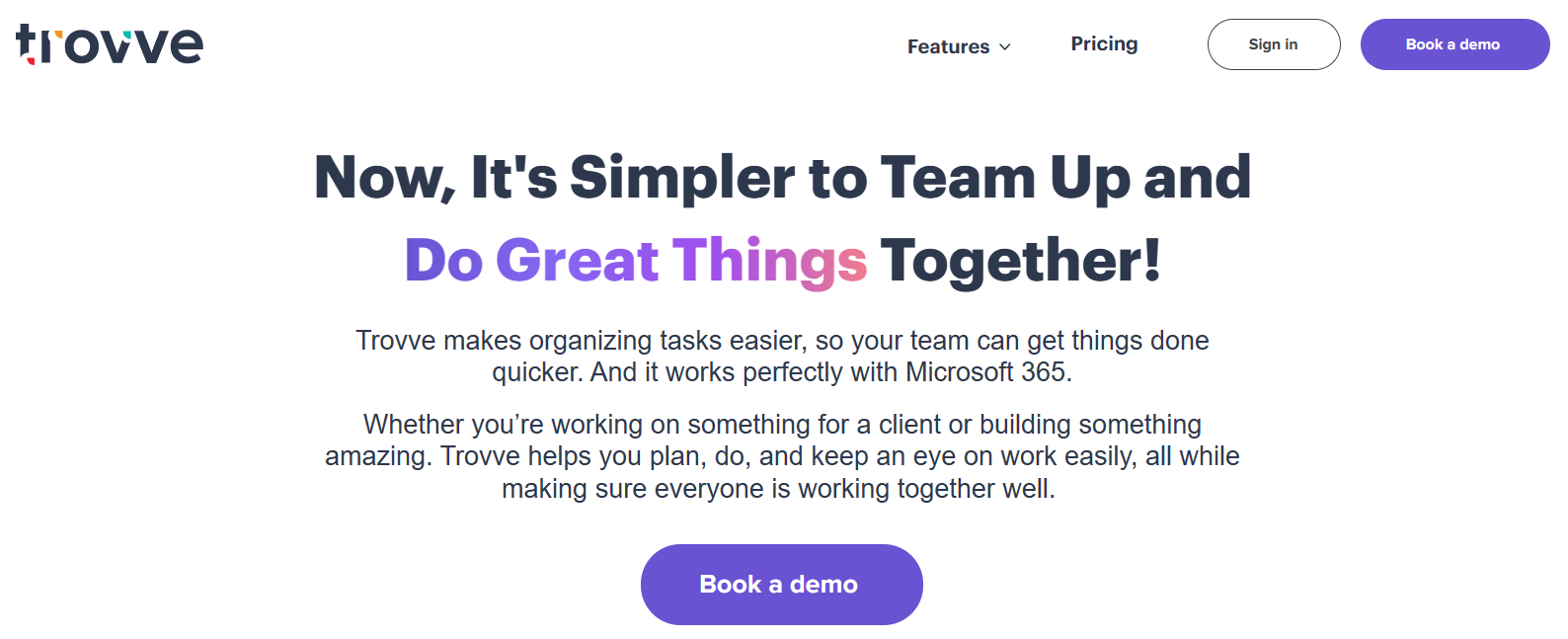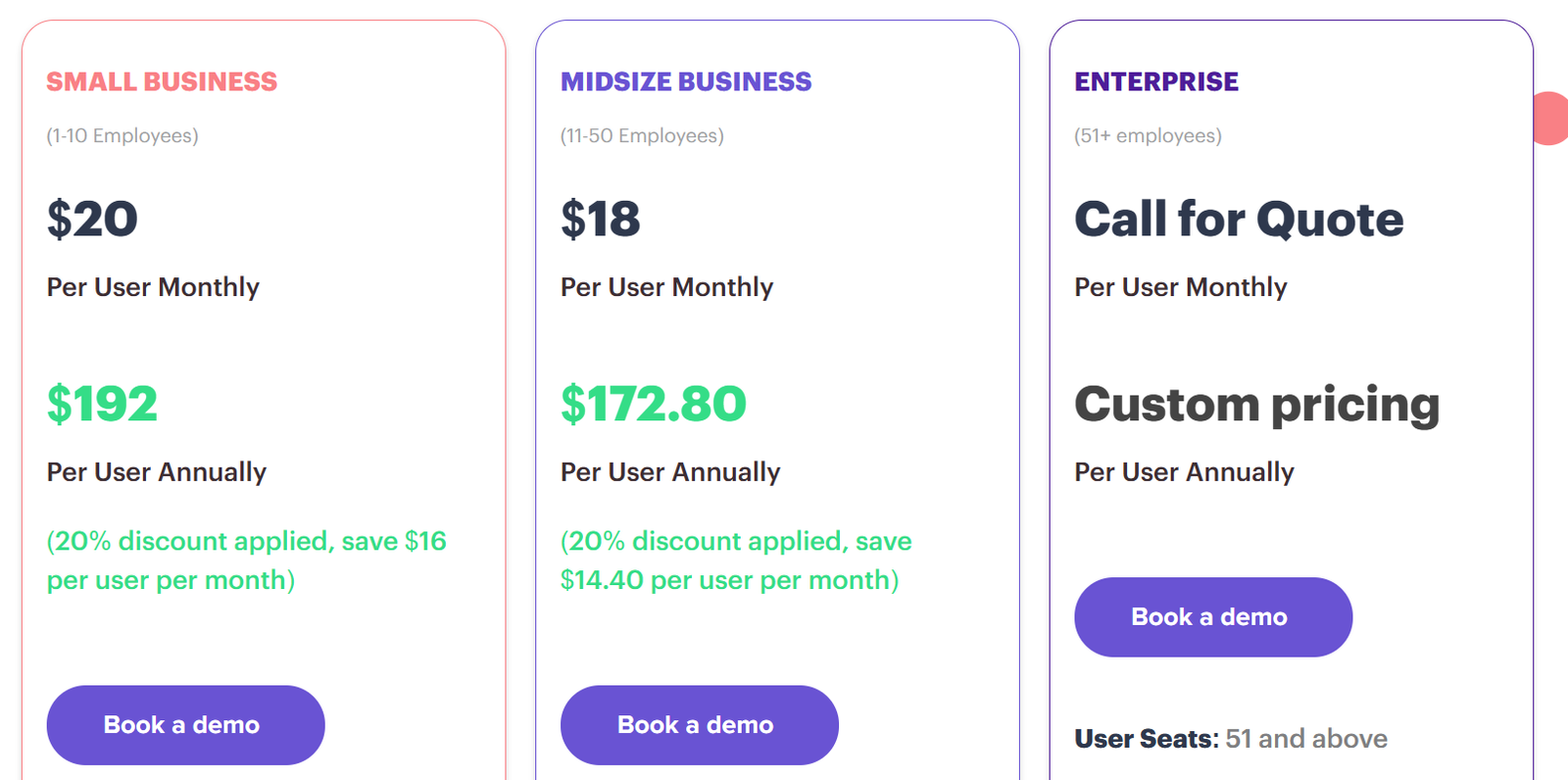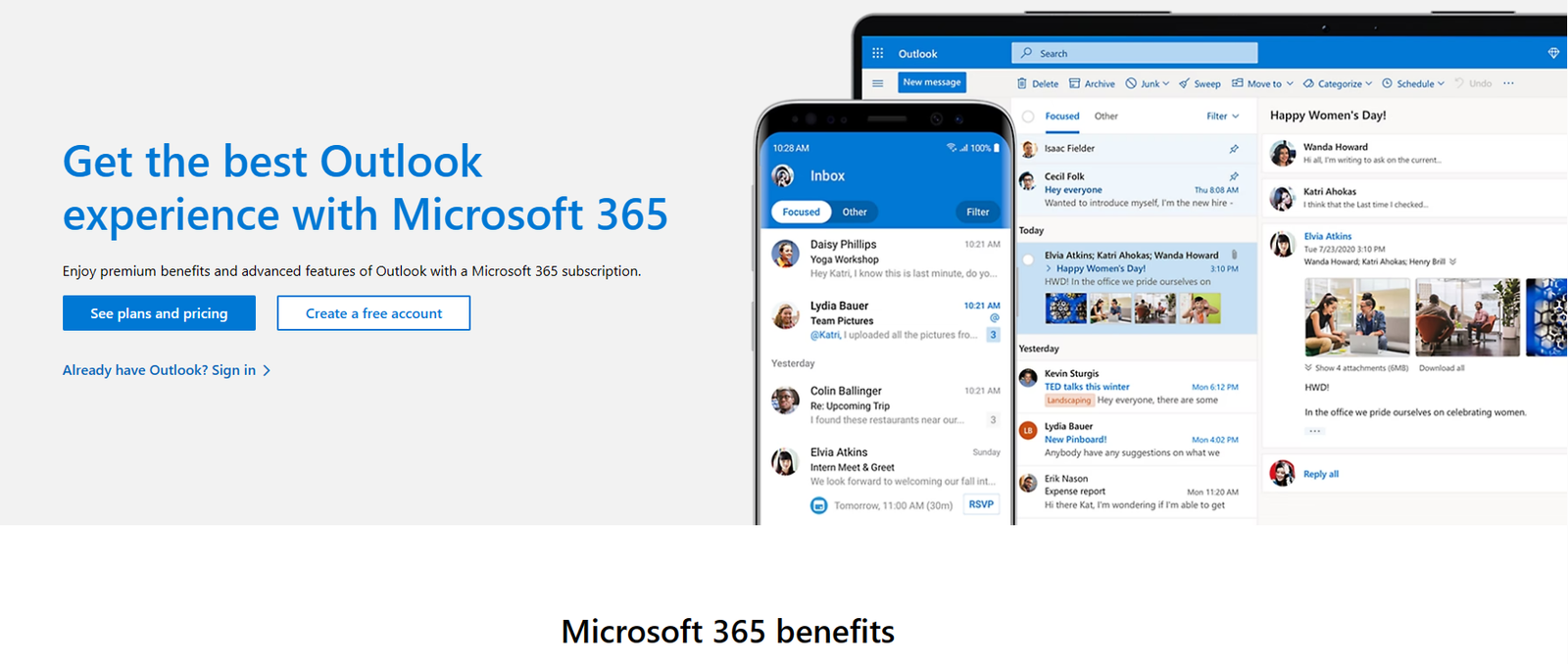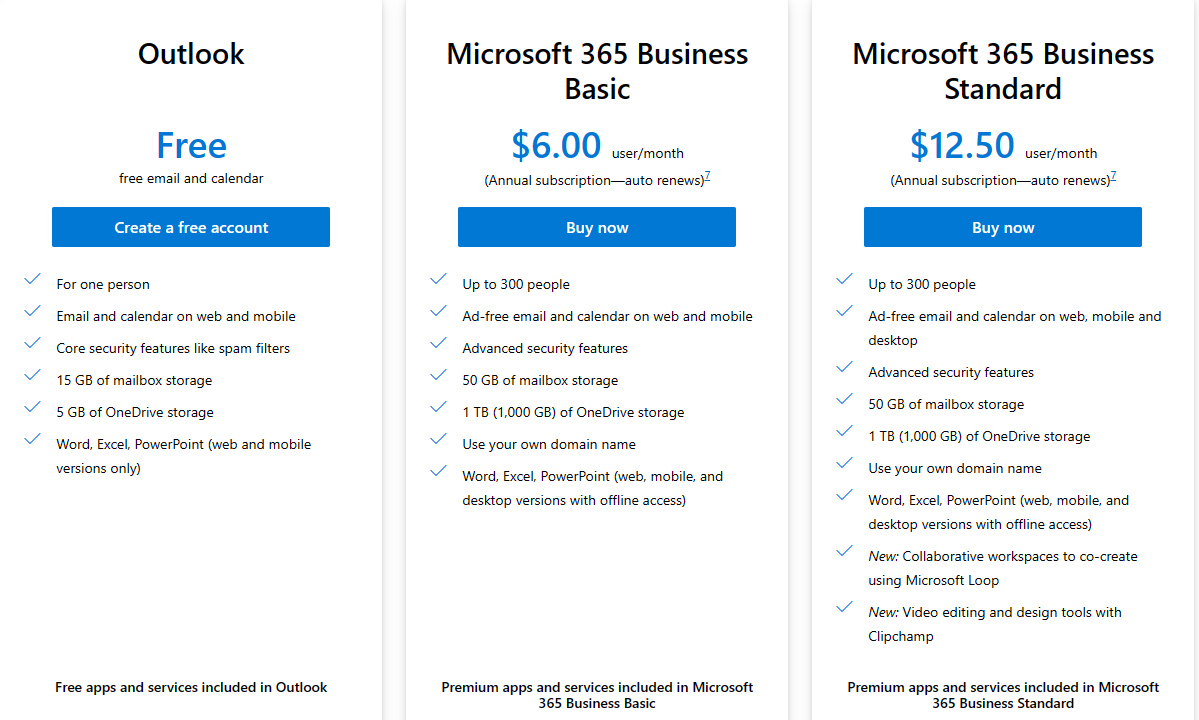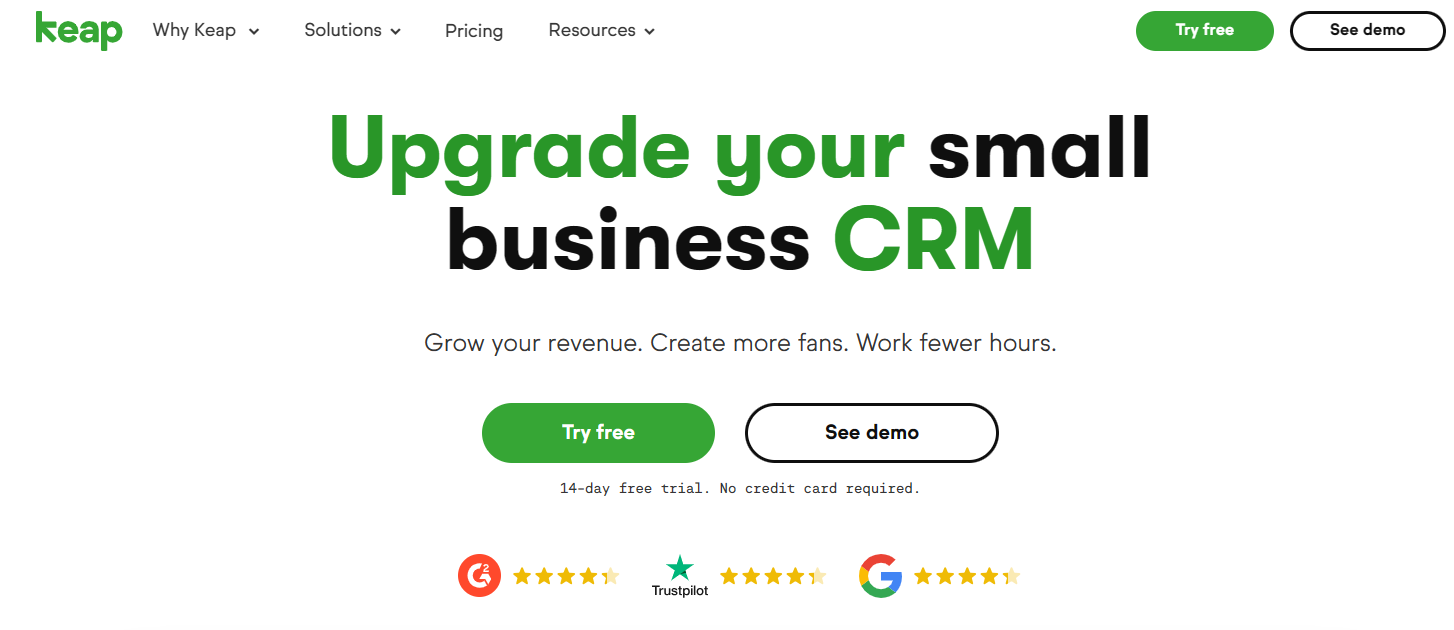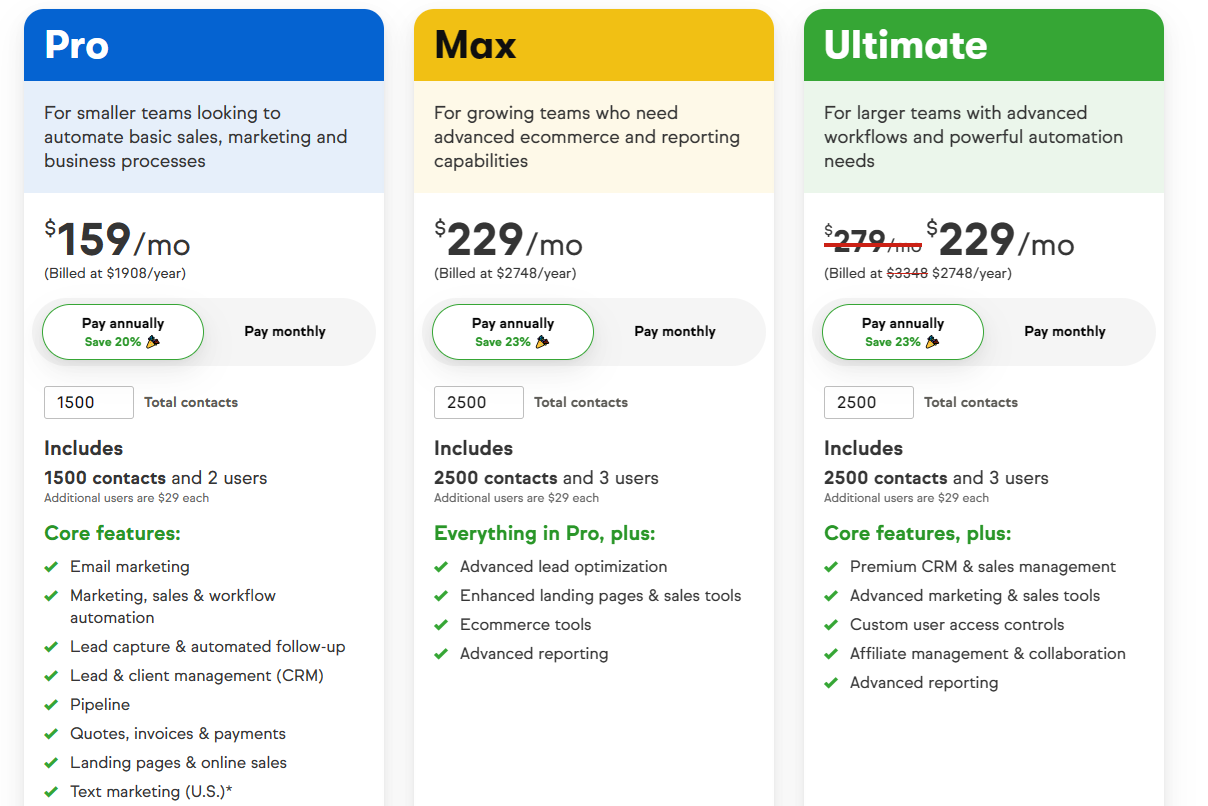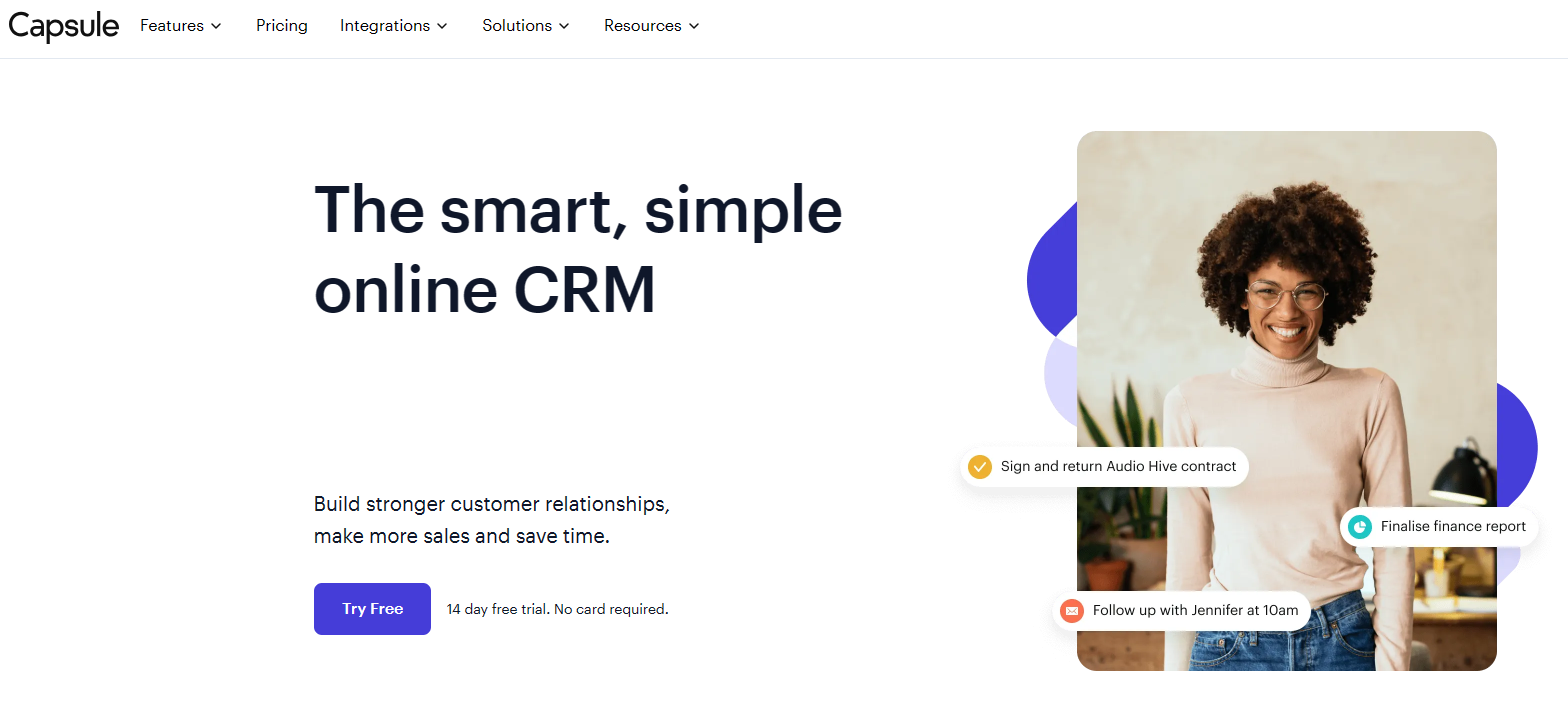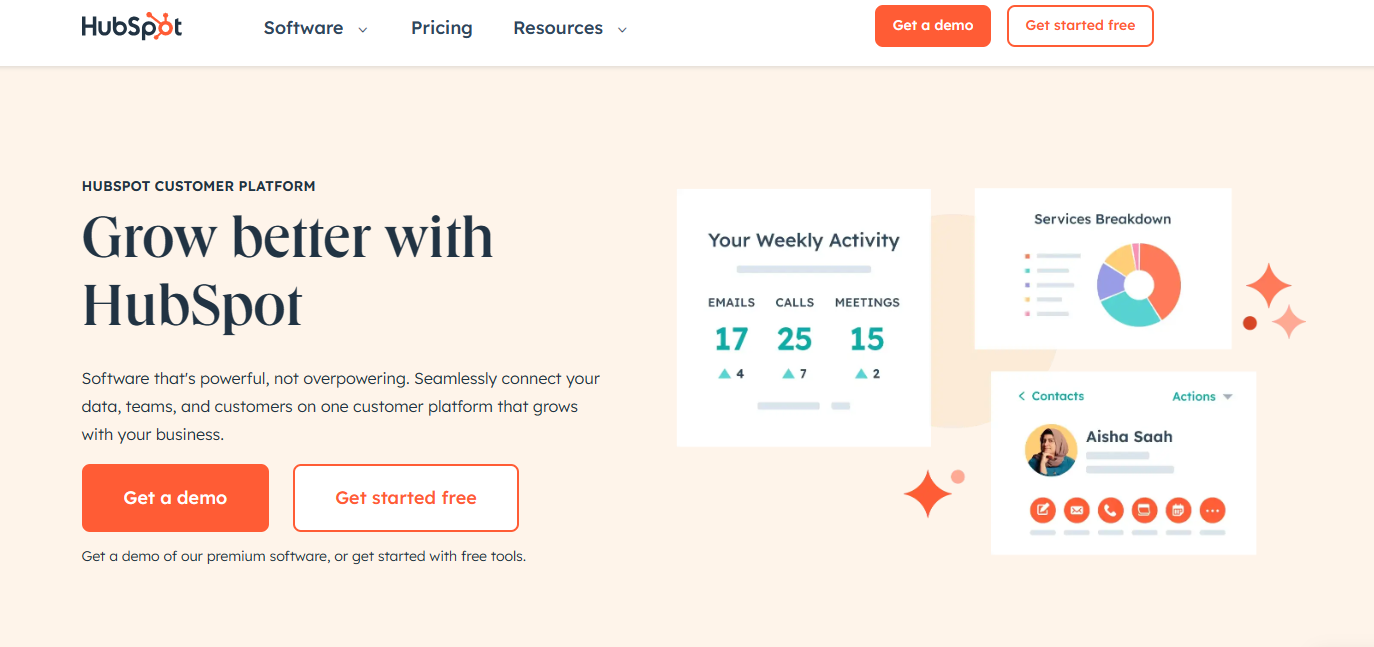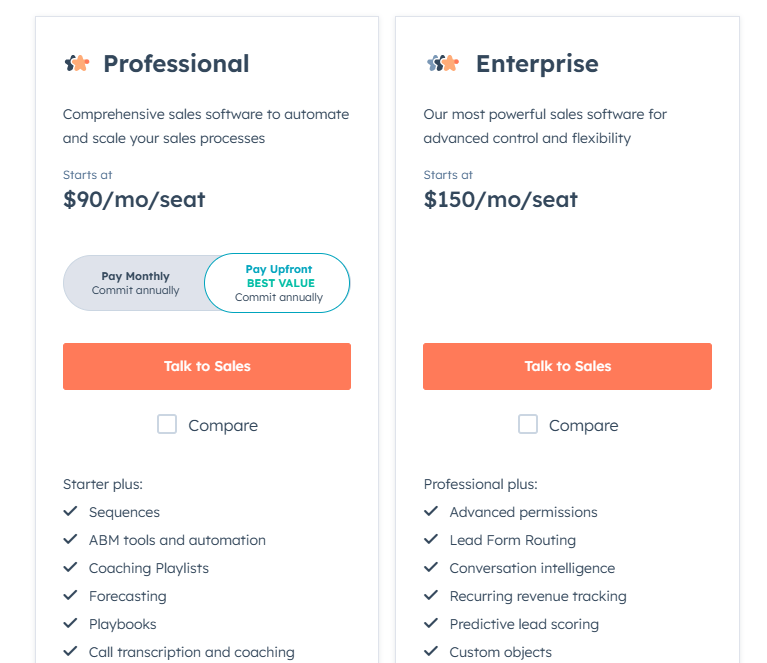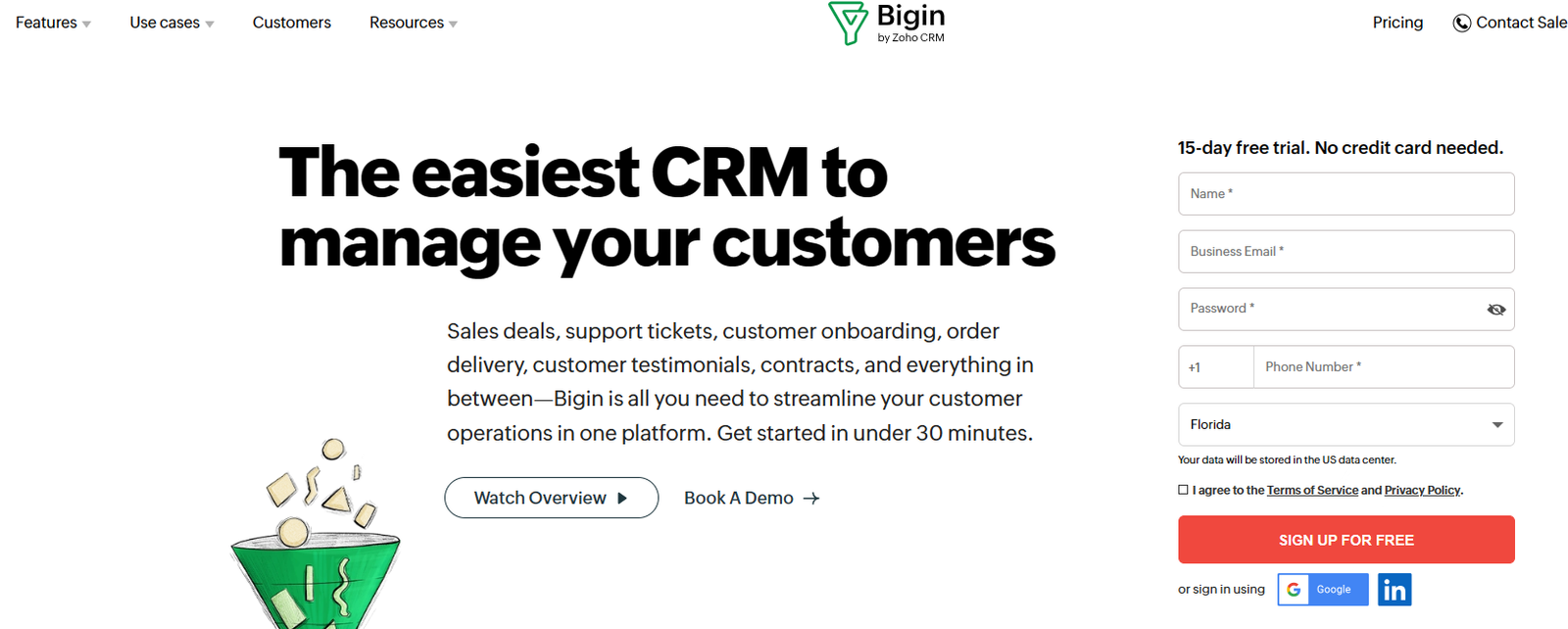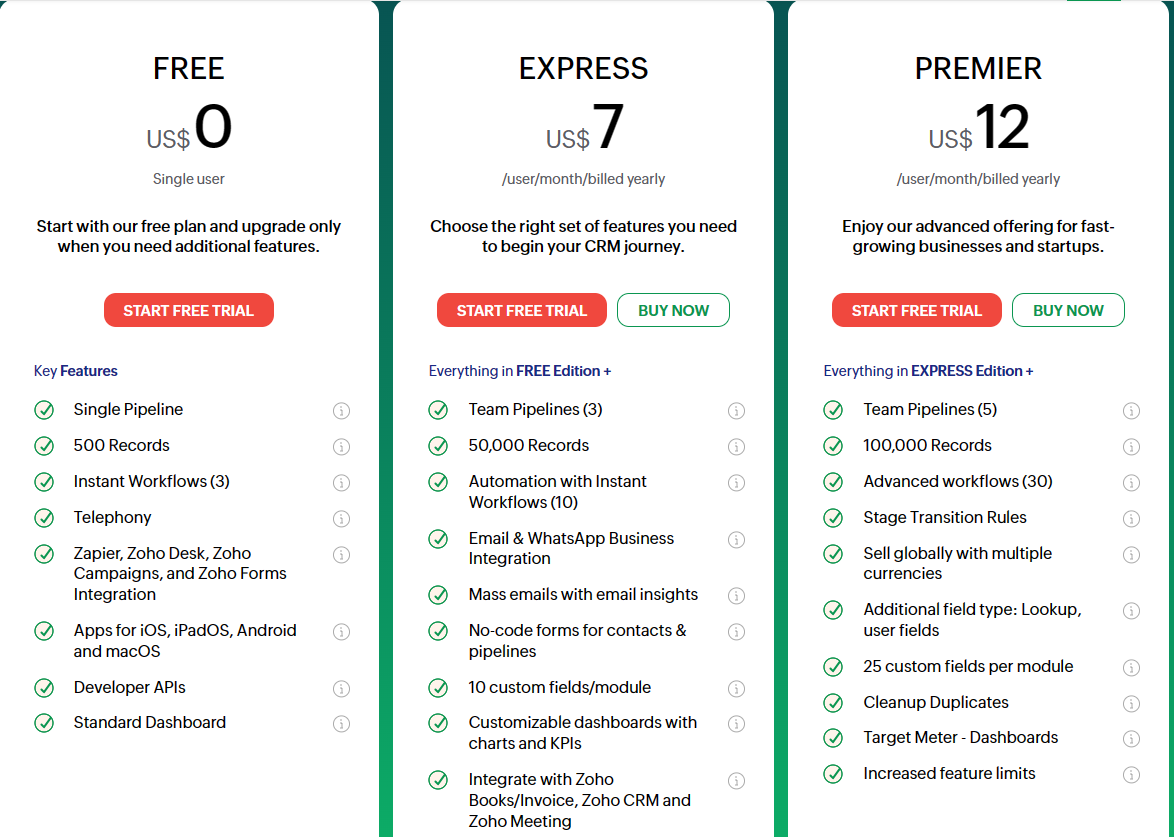Client management is a crucial aspect of the consulting business, which is worth $60 billion and still growing. Whether you work for a big company or on your own, being successful means mastering client management by getting along well with clients, communicating clearly, and earning their trust. From the start, you must demonstrate why you’re the right choice, keep in touch with your clients while working for them, and build strong relationships. By focusing on client management, you’ll ensure that your clients will want to work with you again in the future.
Defining Your Impact through Client Management: How to Stand Out as a Consultant
When you tell someone you’re a consultant, you often get a blank stare because the term “consultant” is so broad. It could mean you run a big business or just give casual advice. To stand out in consulting, you need to do more than just call yourself a consultant. You should explain the specific impact you have on your clients, which is an important aspect of client management. For instance, if you’re a marketing consultant, don’t just say that; specify how you help businesses grow their sales or brand. Being clear and specific about what you do makes you more interesting and memorable. Think of it like this: If you were sitting between two people on a plane and one said they were just a consultant, while the other said they help businesses connect with customers online through technology, you’d probably find the second person more intriguing. Your unique approach and the results you’ve achieved should be shared on your website, LinkedIn, or through client stories. This detailed positioning helps start projects or get referrals. In a sea of consultants, those who can clearly articulate their unique value stand out.
Setting Goals and Measuring Success in Client Management
Imagine you’re at a crossroads, unsure which path to take. An old saying captures this perfectly: if you don’t know where you’re headed, any road will do. This story illustrates the vital importance of setting clear objectives in consulting, which is a crucial aspect of client management. Knowing what you and your client aim to achieve ensures you’re both moving in the right direction from the start.
Objectives can vary widely. Sometimes, a client will approach you with a clear goal because they see you as an expert in that area. Other times, it’s up to you to work with the client to define those goals. This often involves asking probing questions to uncover their true needs. For instance, if you specialize in manufacturing, you might discuss goals related to growth metrics, cost reduction, and efficiency improvements.
Success isn’t just about hitting quantitative targets like reducing return rates or cutting down on overtime. It also involves qualitative achievements, such as enhancing communication skills among managers or boosting team morale. A balanced approach, combining both types of objectives, is key. Moreover, these goals should be time-specific, providing a clear timeline for when results are expected.
Unveiling the True Value of Consulting
Ever wonder what makes a client decide to hire you? It boils down to the clear value they see in your services, which is a crucial aspect of client management. Consider this: a company wants to reduce its high employee turnover rate from 25% to 20%. With the cost of replacing a mid-level employee being around $30,000, a company with a thousand employees faces a staggering $7.5 million in turnover annually. By reducing turnover by just 5%, you could save them $1.5 million each year. That’s the kind of value you bring to the table.
This approach to value-based pricing, inspired by the principles of Alan Weiss’s value-based fees, means that if you’re directly contributing to saving or making a company money, your fee is a fraction of that value – a win-win for both. In our case, a $150,000 fee to save $1.5 million next year makes sense and underscores the significant cost savings for the client. This method shifts the focus from how much your time costs to the tangible value you deliver, thereby creating a compelling reason for the client to proceed with the project. Remember, it’s not just about meeting objectives; it’s about highlighting the undeniable value of your consulting work.
Overcoming Client Objections: Seal the Deal with Confidence
According to the document: In consulting, hearing objections like “It’s too expensive,” “We don’t have time,” or “We’re exploring other directions” are common barriers to closing a deal, which is why client management is crucial. These objections often boil down to a straightforward “no,” but they don’t have to end the conversation. When facing price resistance, remember it’s usually not about the cost itself. Clients resist because they may not perceive the true value of your solution. Your task is to vividly illustrate the benefits—how your service will alleviate their pain points and the positive outcomes they can expect.
Time objections stem from priorities rather than the actual scarcity of time. If a project seems too complex or time-consuming, simplify the scope or demonstrate how you can manage the bulk of the work, emphasizing ease and efficiency.
The underlying issue in both scenarios is a lack of urgency. To counteract this, focus on the consequences of inaction—what it could cost them in time, money, or opportunities. Create a sense of urgency by highlighting what they stand to lose, making your solution not just an option but a necessity.
Successfully overcoming objections isn’t about manipulation; it’s about clarity. Clearly articulate the value, simplify the process of saying yes, and foster a sense of urgency. By doing so, you turn potential objections into compelling reasons to move forward with your consulting services.
Starting Strong: The Key to a Successful Consulting Engagement
Kicking off a consulting project with a barrage of complex jargon and an overload of information is a surefire way to dampen enthusiasm, which is why client management is crucial. Remember, simplicity and clarity are your allies. A successful kickoff meeting is not about showcasing how intricate your project is but about instilling confidence and excitement in your team and stakeholders. Here’s how to streamline your approach for a powerful start:
- Highlight the Win: Begin with the end in mind. What is the goal of this project, and why is it valuable to the client? Focus on the big picture and the positive impact your work will have on the organization, which is a crucial aspect of client management. This sets a positive tone and aligns everyone’s expectations.
- Define Success Metrics: Clearly articulate how success will be measured. Avoid vague statements; instead, pinpoint specific metrics that will demonstrate the project’s effectiveness. This clarity helps everyone understand what you’re aiming for and how you’ll know when you’ve achieved it.
- Clarify Stakeholder Involvement: Be upfront about what you need from the team. People are more receptive to contributing when they understand their role and its importance to the project’s success. This is the moment to secure their commitment and participation.
- Outline Your Contribution: Detail what they can expect from you. Whether it’s conducting interviews, personalized follow-ups, or audits, make sure they know your next steps. This shows your commitment and builds momentum and encourages others to act.
Keeping Your Buyer Informed: The Balance of Updates
Finding the perfect rhythm for updates is key to any project’s triumph in consulting, which is why client management is crucial. Striking a balance between bombarding your buyer with excessive details and vanishing into the depths of the project is essential. Scott Edinger, an industry expert, emphasizes the importance of maintaining a steady link with your buyer to keep the project on track and open doors for future endeavors.
To ensure effective communication, establish a consistent update schedule from the start. Opt for a structured approach by dividing the project timeline into regular intervals—monthly for shorter projects or every ten weeks for longer ones—this keeps your buyer well-informed without feeling overwhelmed.
In each update, focus on three critical aspects:
- Progress: Detail achievements since the last update, affirming the project’s forward movement.
- Challenges: Transparently discuss any hurdles, demonstrating proactive problem-solving and commitment to honesty.
- Next Steps: Clearly state upcoming actions to maintain momentum.
Consistent updates do more than keep your buyer in the loop; they fortify the partnership, ensuring you both work towards common goals for continued success and future projects, which is a crucial aspect of client management.
Smooth Sailing Through Communication Challenges in Client Management Consulting
Consulting brings its own set of unique communication hurdles, which is why client management is crucial. Lacking a defined spot on the organizational chart and direct authority can lead to frequent communication blockades that are more than just minor annoyances. We’ve all been caught in the loop of sending “just following up” emails, which can frustrate everyone involved. Here’s how to navigate these waters with finesse and maintain productive communication channels.
Proactive Communication in Client Management
The best strategy to avoid becoming the constant follow-upper is prevention. Setting clear expectations from the get-go regarding who needs to do what by when can save you from becoming the person everyone dreads hearing from. This clarity at the outset helps mitigate many of the communication issues that might later arise.
Picking Up the Phone
In an era where typing out a message is the go-to, don’t underestimate the power of a good old-fashioned phone call. It’s surprisingly effective for breaking through email silence and can help build a stronger rapport with the person you’re trying to reach. If you’re getting the cold shoulder via email or missed calls, it might be time to loop in your buyer in a diplomatic way. Approach this carefully to avoid seeming like you’re complaining, but rather, seeking a solution together.
Addressing Avoidance in Client Management
If avoidance issues persist, involve your buyer tactfully. Position your concern as a minor obstacle rather than a major complaint. Suggest practical solutions like a re-introduction email that reaffirms the project’s commitment or asking if there’s someone else more suited to communicate about the specific issue. Always end these discussions on a positive note, emphasizing your excitement about the project’s progress.
Keeping Records in Client Management
Should communication barriers persist, having a trail of your attempts can be invaluable. This isn’t about keeping score but ensuring there’s an understanding of efforts made should there be any dispute. Most communication issues are not personal; they’re simply the result of a busy work environment or unforeseen circumstances.
Approach every communication challenge with a blend of professionalism, positivity, and proactive solutions. This mindset not only helps in overcoming immediate hurdles but also sets the stage for more effective collaboration moving forward.
Perfecting the Project Closure: Leaving a Lasting Impression
The way you conclude a consulting engagement is just as critical as the first impression you make. Unfortunately, many consulting projects tend to taper off rather than ending with a definitive conclusion. This not only does a disservice to your client but also undermines your professional integrity. A well-executed project wrap-up not only showcases your organizational skills and reliability but also ensures you remain top of mind for your clients for future needs.
The Formula for a Memorable Closure in Client Management
- Hold a Formal Wrap-up Meeting: Organize a conclusive session involving all key stakeholders who were present at the project’s kickoff. This ensures everyone is aligned and acknowledges the project’s completion.
- Recap the Objectives: Start the meeting by revisiting the initial goals and metrics of the project. This step is crucial as it reminds leadership of the project’s purpose and scope, setting the stage for discussing its outcomes.
- Highlight the Achievements: Shift the focus to the tangible changes and benefits your work has brought to the organization. Whether it’s an enhanced process, increased sales, or improved efficiency, emphasize the value added rather than just the tasks completed.
- Offer Forward-Looking Recommendations: Concluding your engagement with suggestions for future improvements not only demonstrates your deep understanding of the business but also your commitment to its long-term success. This proactive approach can open doors for further collaboration.
Why It Matters
Executing a formal project closure is immensely beneficial. It serves as a powerful testament to your value as a consultant, enhancing your reputation and solidifying your relationship with the client. By clearly articulating the project’s successes and potential next steps, you reassure the client of their decision to invest in your services, increasing the likelihood of repeat business.
Remember, a successful project doesn’t just end; it’s thoughtfully concluded with strategic insights and recommendations that pave the way for future opportunities. This approach ensures that your professional relationships are not just about the projects you’ve completed but about the ongoing value you bring to the table.
Mastering Time Management and Client Management: A Consultant’s Guide
Juggling multiple clients and the myriad responsibilities of running a consulting business, including client management, can feel like a Herculean task. From marketing to networking and everything in between, the challenge is real. To navigate this, we lean on a tried-and-tested strategy: the Eisenhower Box. This method, famed for its effectiveness in Dwight D. Eisenhower’s presidency, is a powerful tool for consultants striving for efficiency and balance.
Leveraging the Eisenhower Box for Effective Client Management in Consulting
This matrix divides tasks into four categories, each dictating a different action plan:
- Urgent and Important: These tasks demand immediate attention, such as client emergencies or responding to RFPs. They’re pivotal for the day-to-day operations and the sustainability of your business.
- Not Urgent but Important: Activities like networking, marketing, and content creation fall here. They’re essential for long-term growth but often get postponed in favor of more pressing issues.
- Urgent but Not Important: These are the tasks that seem pressing but don’t contribute significantly to your goals. Delegation is key here to free up your time for more strategic activities.
- Not Important and Not Urgent: Simply put, these tasks don’t deserve your time. Eliminating them from your to-do list can significantly boost your productivity and focus.
Applying the Eisenhower Principle to Client Management
In practice, prioritizing tasks using this matrix can transform the way you manage your time. By dedicating 40% of your efforts to both urgent/important and not urgent/important tasks, you create a balance between addressing immediate needs and working towards your future goals. The remaining 20% can be allocated to tasks that are urgent but not important, which can often be delegated to others, allowing you to concentrate on what truly matters.
Delegation and Elimination
Solo consultants may find it challenging to delegate, especially when it comes to tasks that seem quicker to do themselves than to explain to someone else. However, spending time on tasks that could be easily handled by a specialist is a common pitfall in client management. Whether it’s website updates or accounting, outsourcing can save invaluable time.
Time is the most precious resource for a consultant. With the Eisenhower Box, you can streamline your workflow, prioritize effectively, and allocate your efforts where they will have the most impact. Remember, being busy isn’t the same as being productive. By strategically managing your tasks, you can ensure that your time is spent on activities that directly contribute to the success and growth of your consulting practice.
Essential Tools for Client Management: Every Consultant’s Arsenal
Being a consultant often feels like performing a high-wire act, with the challenge of balancing numerous tasks and responsibilities at once, including client management. Fortunately, technological advancements have made it easier to manage this complex balancing act, freeing up valuable mental space for more critical aspects of work, such as growing your business and serving your clients. In this section, we’ll explore some essential tools that have proven to be the backbone of successful consultancy operations. These tools, while based on specific experiences and needs, provide insights into how you can streamline your consultancy workflow and enhance productivity.
Meeting Management: Outlook Calendar
For us, Outlook calendar is non-negotiable. It’s the digital anchor that ensures we’re exactly where we need to be, when we need to be there. Whether it’s Google, Apple, or Microsoft 365 platform, a reliable calendar system removes the constant “When was that meeting again?” anxiety, allowing for better focus on the task at hand.
Project Coordination: Trovve
We use Trovve for all project management, team coordination, and client management. Trovve is a smart tool that integrates with Microsoft 365 and helps us create, organize, and track projects, assign and manage tasks, store and access files, clone and reuse projects, and communicate with our team easily.
Contract Management: DocuSign
The ease of use and professionalism that DocuSign brings to contract management can’t be overstated. It streamlines the signing process, ensuring all parties are promptly on board without the informal feel of a Word document or the hassle of physical paperwork.
Marketing Automation: Mailchimp
As a consultant, I use Mailchimp to automate my marketing campaigns and reach my target audience. Mailchimp lets me create and send personalized emails, newsletters, surveys, and more, based on what my contacts want and do. I can also track and measure how my campaigns are doing and improve them for better results. Mailchimp helps me build and maintain relationships with my clients and prospects, while saving me time and money.
File Management: SharePoint
SharePoint is a tool that I use to store, share, and collaborate on files with my clients and colleagues including for client management. It allows me to access my documents from any device, sync them with other apps, and control their permissions. SharePoint makes file management easy and secure for my consulting projects.
The Cost of Efficiency
While these tools represent an additional expense, they’re an investment in efficiency and professional growth. The adage “penny-wise and pound-foolish” applies perfectly here. Skimping on tools that can save you time and streamline your business processes is a false economy. Whether it’s saving minutes with a more efficient CRM system or automating your marketing efforts, the right tools can have an exponential impact on your productivity and, ultimately, your bottom line.
Mastering Client Management Through the Art of Entertainment in Consulting
Client entertainment is a vital, enjoyable aspect of consulting and client management offering the chance to not only forge stronger bonds with existing clients but also to connect with new ones. Through shared experiences, from dinners to unique outings, you can create memorable moments that reinforce business relationships. Here’s how to navigate client entertainment with finesse and professionalism.
Choosing the Right Venue
Dinners at reputable restaurants are a go-to for client entertainment due to their universal appeal. It’s beneficial to have a selection of favorite spots known for their quality food, diverse menus, and excellent service. Regular visits to these places can lead to better service over time. Always remember to make reservations and take care of the bill, as these gestures demonstrate thoughtfulness and respect.
Thinking Outside the Box
While dinners are a safe bet, exploring other entertainment options can add a fresh twist to client interactions. Whether it’s attending a Cirque show, enjoying a baseball game, or visiting an art exhibit, these experiences can foster more engaging conversations and leave a lasting impression. The key is to choose activities that align with your client’s interests, ensuring they enjoy the experience to the fullest.
Conversations Beyond Work
When entertaining clients, it’s crucial to remember that the objective is to build relationships, not to extend the business meeting. Engaging in discussions about hobbies, families, and pop culture can humanize the interaction, making it more enjoyable and personal for both parties. However, it’s wise to steer clear of potentially divisive topics like politics and religion.
Navigating Gender Dynamics in Client Management
In the context of mixed-gender interactions, what should be a straightforward business outing can sometimes be misconstrued. To avoid any awkwardness or misunderstandings, consider inviting a third party, such as a spouse or colleague. This inclusion sends a clear message of professionalism and ensures the focus remains on business and relationship-building.
Client Management: Adapting to Changes in Client Relationships
Navigating changes in client relationships is a critical skill in the consulting world and an important aspect of client management. Whether it’s a promotion, a departure, or any other significant shift, such moments can induce a whirlwind of emotions and questions about the future of ongoing projects or potential deals. Drawing from personal experience, here are insights on how to manage these transitions effectively.
Embrace the Change with Empathy
When a client shares news of a change, your first response should be emotional support. Acknowledge the significance of this moment for them—be it congratulatory or consolatory—before shifting focus to the business implications. This approach strengthens the relationship, showing your client they’re valued beyond the transactional nature of your engagement.
Focus on the Facts
Changes, especially promotions or exits, often come with a mix of emotions and uncertainties. It’s crucial to cut through the emotional noise and understand the concrete implications of these shifts. Clarify how this change will affect your ongoing projects and what steps you need to take to adjust or realign your strategies.
Strategize and Plan
Adapting to a client’s change in role or status means reassessing your project’s trajectory. If the project will transition to someone else, prepare a thorough briefing to ensure a smooth handover. Should the project face uncertainty, proactively discuss the best course of action. Ensuring you have all necessary resources to continue in the client’s absence is also vital.
Maintain the Relationship
Remember, professional paths are rarely linear. A change in your client’s career today could lead to new opportunities tomorrow. Maintaining a positive relationship, regardless of their role, ensures a network of allies and potential leads. Our experience with a buyer who got promoted illustrates this well: the initial anxiety gave way to a beneficial transition, thanks to a warm introduction to his successor, proving that change often brings new beginnings rather than endings.
Building Trust with High-Level Clients: The Foundation of Successful Consulting
In the consulting world of client management, capturing the attention of high-level clients is both a challenge and an opportunity. Amidst a sea of requests for their time and expertise, establishing trust is paramount. Trust is the cornerstone upon which meaningful business relationships are built, especially with individuals who wield significant influence or decision-making power. Dorie Clark, a renowned Marketing and Strategy Consultant and author, underscores this in her book “Stand Out,” stating that trust is the essential ingredient for any meaningful business transaction.
The Path to Trust in Client Management
Building trust, particularly with high-level clients you’re not intimately familiar with, demands a deliberate approach:
- Follow Through: The importance of keeping your word cannot be overstated. Whether it’s showing up on time, delivering on a promise, or facilitating an introduction, these actions solidify your reliability and integrity in the eyes of your client.
- Give Before You Receive: Entering a relationship with a service mindset—focusing on what you can offer rather than what you can gain—lays a strong foundation for trust. Understanding and addressing your client’s needs, whether it’s through listening, solving a problem, or providing relevant information, can make all the difference.
- Authenticity: Genuine interactions are key. It’s okay to admit when you don’t know something or to share a perspective that might not align with the mainstream. Authenticity fosters deeper connections than simply telling clients what you think they want to hear.
The Impact of Trust
Adopting these principles doesn’t just build trust; it transforms you into a trusted advisor, a role far more valuable than any title could suggest. This status isn’t claimed but earned through consistent, genuine, and helpful engagement with your clients.
Furthermore, trust begets trust. As you establish yourself as a reliable and authentic consultant, your network will naturally expand. High-level contacts introduce you to other influential individuals, creating a virtuous cycle of opportunities and relationships.
Elevating Your Project: How to Engage with Your Buyer’s Boss
In client management, engaging with your buyer’s boss can greatly elevate the status of your project and the perception of you and your buyer within the organization. However, securing such a meeting requires tact and strategy, as senior leaders are often cautious about consultant interactions. The key to navigating this successfully lies in leveraging your existing relationship with your buyer to facilitate the introduction.
Securing the Client Management Meeting
The optimal moment to propose a meeting with the higher-ups is after achieving notable project milestones. Demonstrating strong results offers a compelling reason for senior leadership to engage. Suggesting this as an opportunity for your buyer to showcase the project’s success to their boss could position it as a win-win scenario. Use persuasive yet respectful language to suggest a briefing, emphasizing the mutual benefits.
Key Strategies for Successful Client Management Meetings
Once you’ve secured the meeting, it’s crucial to focus on three core strategies to ensure its success:
- Strategic Focus: Avoid getting bogged down in the minutiae of project tactics. Instead, succinctly outline the project’s objectives and briefly touch on the implementation, quickly moving on to discuss the results. This keeps the conversation aligned with the overarching business goals and the value your work has delivered.
- Highlight Your Buyer: While it might be tempting to take center stage, remember that making your buyer the hero of the story can strengthen your professional relationship and enhance your reputation as a collaborative partner. Acknowledging their role and contributions in front of their boss can significantly increase their inclination to continue working with you.
- Leave Behind Material: Providing an executive briefing document as a takeaway can be extremely beneficial. It allows the senior leader to review the project’s achievements at their leisure and share your success story with other stakeholders, further amplifying the impact of your work.
Expanding Impact Through Client Management and Internal Referrals
In client management, securing more projects within a large organization where you’ve already made inroads can be a golden opportunity for any consultant. It’s an efficient way to broaden your influence and deepen your engagement without the need for extensive external networking. Here’s how to harness the power of internal referrals to expand your consulting footprint within a client organization.
Recognizing Opportunities for Internal Referrals
Internal referrals often present themselves organically. For instance, your primary contact might mention your contributions in a meeting, sparking interest from another department: “Lisa and Elizabeth have been instrumental in improving our team’s communication.” Such moments are prime opportunities for expanding your reach within the company. However, it’s crucial to handle these situations with sensitivity towards your current buyer’s feelings to avoid any sense of neglect.
Actively Seeking Out Internal Referrals
While some referrals happen spontaneously, actively seeking them can significantly amplify your impact. This requires a strategic approach:
- Identify Opportunities: As you work on your current project, be on the lookout for other areas within the organization that could benefit from your expertise. This might involve direct extensions of your current work or entirely new challenges where your skills are applicable.
- Engage Your Buyer: Once you’ve identified a potential opportunity, discuss it with your buyer. Frame your proposal to sustain the momentum generated by your current project: “Based on our success with the marketing team, I believe there’s a great chance to extend these benefits to the sales team.” What are your thoughts on introducing me to the sales director?”
- Ask for Specific Referrals: If you’re unsure where your services might be needed next, directly ask your buyer for their input. A question like, “Can you think of any other departments that could benefit from our approach?” encourages your buyer to consider your services in a broader organizational context.
Maintaining Client Management Relationships
While pursuing new opportunities, it’s vital to continue delivering outstanding results for your current project and maintaining open lines of communication with your primary contact. This balance ensures that your initial buyer feels valued and supports your efforts to expand within the organization.
The Benefits of Internal Referrals
Internal referrals offer a win-win scenario: you gain access to new projects without the initial ramp-up time, and your client saves on the effort and risk associated with bringing in a new consultant. By demonstrating your value across different departments, you solidify your position as a trusted advisor within the organization.
Maximizing Repeat Business: Strategies for Client Management Success
In client management, one of the unique aspects of consulting is the variety it offers in terms of projects and the people we meet. However, amidst the hustle of moving from one project to another, it’s crucial not to overlook the potential for repeat business. Identifying and seizing these opportunities can significantly impact your consultancy’s growth and sustainability. Here are strategic moments to ask for repeat business and how to approach them effectively.
- After Project Completion
The conclusion of a project is a prime time to explore additional areas of collaboration. Rather than viewing it as an end, consider it a checkpoint to assess other needs within the client’s organization. Fear of seeming inadequate for not addressing every issue during the project shouldn’t deter you. Instead, tactfully present a few well-considered recommendations for further improvement, demonstrating your ongoing commitment to the client’s success.
For instance, if your project focused on enhancing business development outreach emails, suggesting improvements to phone scripts can be a natural extension. This approach not only shows your initiative but also your comprehensive understanding of their business needs.
- When External Changes Occur
Stay informed about your clients’ industry, competitors, and any significant changes that might impact their business. Tools like Google Alerts can help you remain updated without constant manual monitoring. Reaching out with insightful observations about relevant developments—such as a competitor’s new branch opening—can position you as a thoughtful and proactive partner. This strategy is far more effective than generic check-ins, as it demonstrates your vested interest in their continued success.
- When Seeking New Business
There might come times when you’re actively looking to fill your project pipeline. This is an opportunity to reconnect with past clients in a meaningful way. Draft a personalized executive memo outlining specific ways you can offer further value, based on your previous engagements and any new insights you’ve gathered since then. Authenticity is key here; personalized outreach will always trump mass emails in terms of effectiveness.
Leveraging Repeat Business for Growth
Securing repeat business is not just about generating more work; it’s about building lasting partnerships and reinforcing your value proposition to your clients. By strategically identifying opportunities for additional projects, responding to changes in their industry, and reaching out proactively, you ensure a steady stream of work and help your clients achieve their long-term goals. Remember, investing time in nurturing these relationships can lead to a more stable and prosperous consulting practice.
Conclusion
In conclusion, mastering client management is crucial for success in the consulting business. This involves building trust and rapport with clients, communicating clearly, and demonstrating the value of your services. By setting clear goals, measuring success, and overcoming objections, you can seal deals with confidence and ensure successful consulting engagements. Additionally, keeping your buyer informed, navigating communication challenges, and perfecting project closure are all essential aspects of effective client management. By following the strategies outlined in this guide, you can build lasting partnerships with your clients and achieve continued success in the consulting world.
Frequently Asked Questions
(1) What is client management in consulting?
Client management is a crucial aspect of the consulting business, which involves building trust and rapport with clients, communicating clearly, and demonstrating the value of your services.
(2) How can I stand out as a consultant?
To stand out in consulting, you need to do more than just call yourself a consultant. You should explain the specific impact you have on your clients, which is an important aspect of client management. Being clear and specific about what you do makes you more interesting and memorable.
(3) How do I set goals and measure success in client management?
Setting clear objectives in consulting is a crucial aspect of client management. Knowing what you and your client aim to achieve ensures you’re both moving in the right direction from the start. Success isn’t just about hitting quantitative targets; it also involves qualitative achievements. A balanced approach, combining both types of objectives, is key.
(4) How do I overcome client objections?
Successfully overcoming objections isn’t about manipulation; it’s about clarity. Clearly articulate the value, simplify the process of saying yes, and foster a sense of urgency. By doing so, you turn potential objections into compelling reasons to move forward with your consulting services.
(5) How do I keep my buyer informed? Finding the perfect rhythm for updates is key to any project’s triumph in consulting. To ensure effective communication, establish a consistent update schedule from the start. In each update, focus on three critical aspects: progress, challenges, and next steps.
Additional Resource:
Consulting Success
